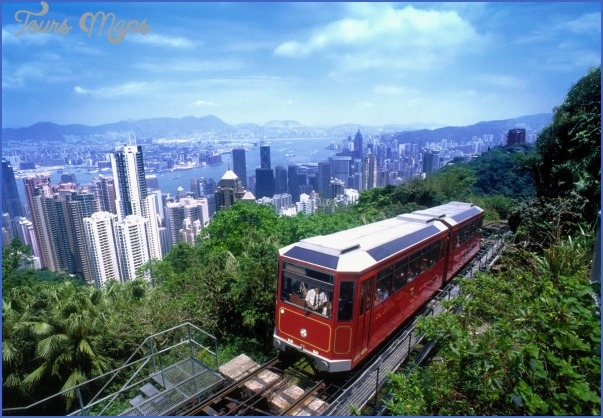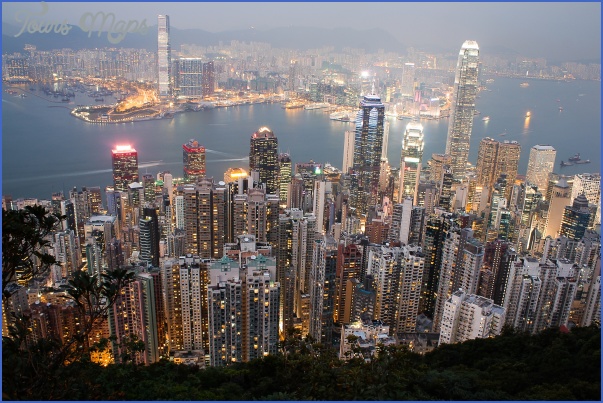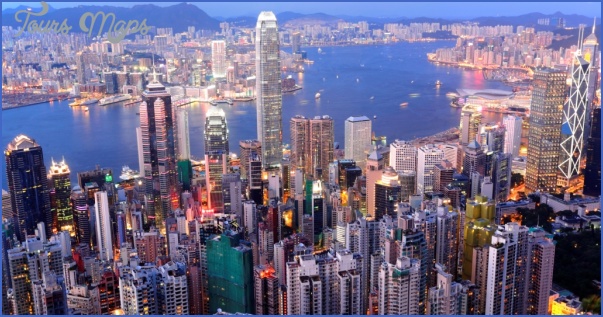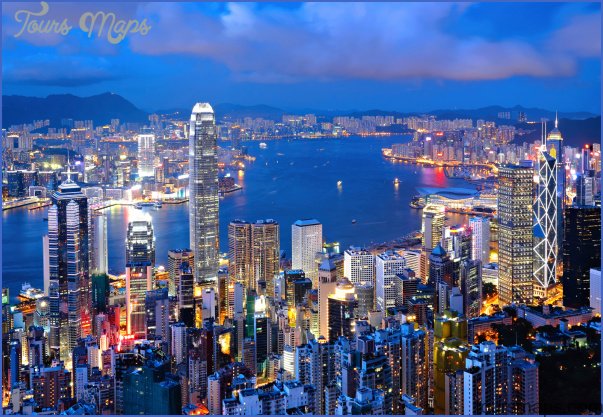What is the secret of this sudden and enormous growth in population and trading importance, of a barren rock? This must be among the first questions of a stranger. Hong Kong itself, he sees at a glance, produces nothing but granite boulders and the thinnest scrub, – beneath the hottest of suns, and least healthy of climates. The city of Victoria, with its Cathedral and Episcopal palace, its Government House, and Supreme Court, with all its Merchants’ palatial houses, is perhaps the very last spot, on all the coast of China, where a sensible man would have thought of placing house or home, if the choice had been left to himself. Victoria Peak rises 1200 feet above the level of the sea, and stretches its solid bulk across the whole line of the city, effectually shutting out the south-west breeze – and all the cool air to be had during six months of a most oppressive summer when everyone gasps for want of that needful aliment. From this arid rock many go home sick every year, with spleens much larger than theirfortunes; and not a few remain, to have their bones laid in six feet of Chinese earth, in the “Happy Valley”, where an English cemetery has been located.
Anon Suggested Routes
Foreword The following routes are suggested to give the visitor to China a comprehensive overview of the country, which includes all the main sights. The routes given here should not be taken as a fixed, unalterable programme and there are cross references within the book, mainly to connections between the most important towns, for those who wish to choose their itinerary to suit their own interests and to fit in with the time available. Although this section is intended for independent travellers, much of the information will be of interest to travellers on organised tours.
Beijing is taken as the starting point for this tour of the “Middle Kingdom” butfortravellers setting out from Hong Kong, the routes can also begin in Canton.
Rail and plane are the best ways to get around, even though the railway network in China is not well developed. Hiring a car can be fraught with problems, although it is possible to hire vehicles in the bigger cities but only with a driver and then for limited distances.
Trains travel slowly and every journey takes a long time, but it is important to recognise that huge distances have to be covered to take in the whole country. When planning routes, journey times must be carefully calculated, but long train rides need never be thought of as monotonous-quitethe opposite. There is no better way to getto know the people and the country. The visitor cannot fail to meet open and curious Chinese people keen to make contact. Before long many more of their countrymen will wish to join in the conversation.
The routes are chosen in such a way that the main tourist sights are included. Consult the main A-Z section of this book where each destination is described in detail but supplemented with countless other ideas for worthwhile visits in the immediate vicinity. The suggested routes can be traced on the enclosed map.
Four classic itineraries are recommended here. Allow three to four weeks to cover the major sights of China.
It is a 568km/325 mile overnight train journey from Beijing to Taiyuan the capital of the Shanxi province and home of the Chongshan Si Temple with its valuable collection of sutras. To visit the magnificent
Town of Datong another eight-hour journey (355km/223 miles) is necessary. No one should miss the Nine Dragon Screen and the world famous Yun Gang Shiku Caves which date back as far as the Northern Wei Dynasty (a.d. 460). They contain over 51,000 magnificent bas-reliefs and statues.
The capital of Inner Mongolia Hohhot is a five hour train journey (285km/176 miles) from Datong. The Five Pagoda Temple is certainly worth a visit as is the tomb ofthe princess Wang Zhaojun. The old town is also of interest.
Excursions into the grass steppelands can be made from Flohhot. The shortest trip (87km/53 miles) takes two hours by bus to a tourist village where visitors can spend the night in one of the 30 jurts (Mongolian tents).
Hong Kong Photo Gallery
Maybe You Like Them Too
- The Best Cities To Visit in The World
- World’s 10 Best Places To Visit
- Coolest Countries in the World to Visit
- Travel to Santorini, Greece
- Map of Barbados – Holiday in Barbados








